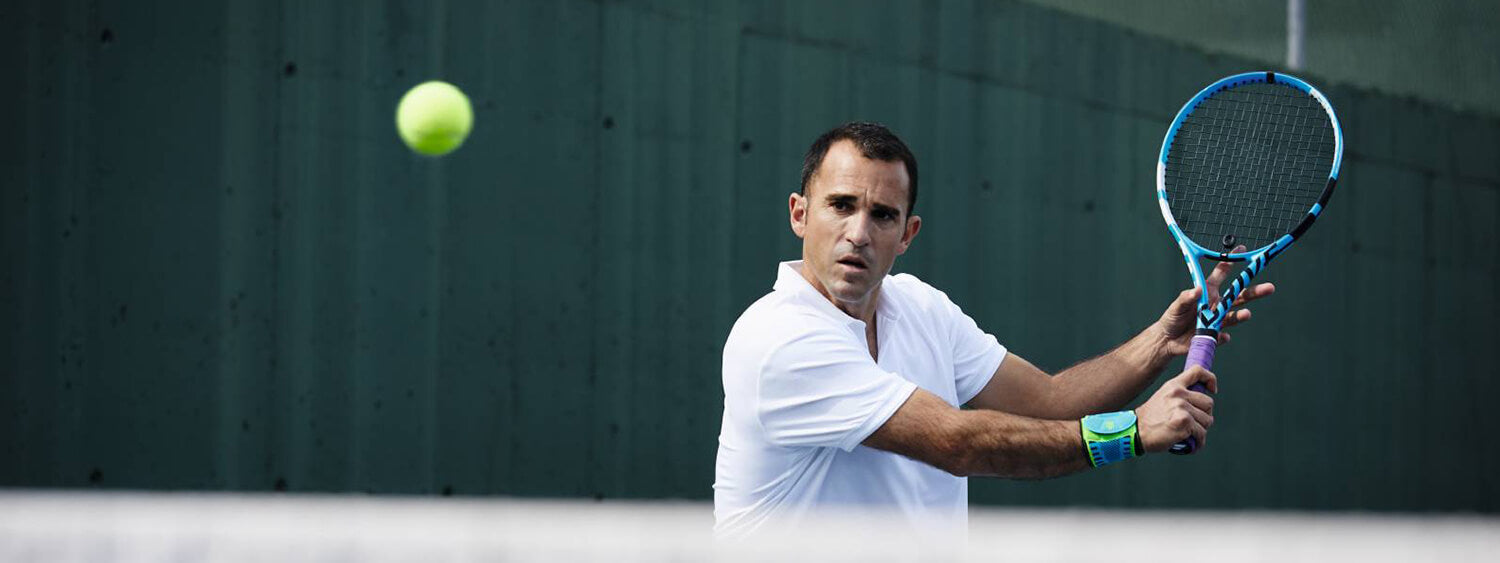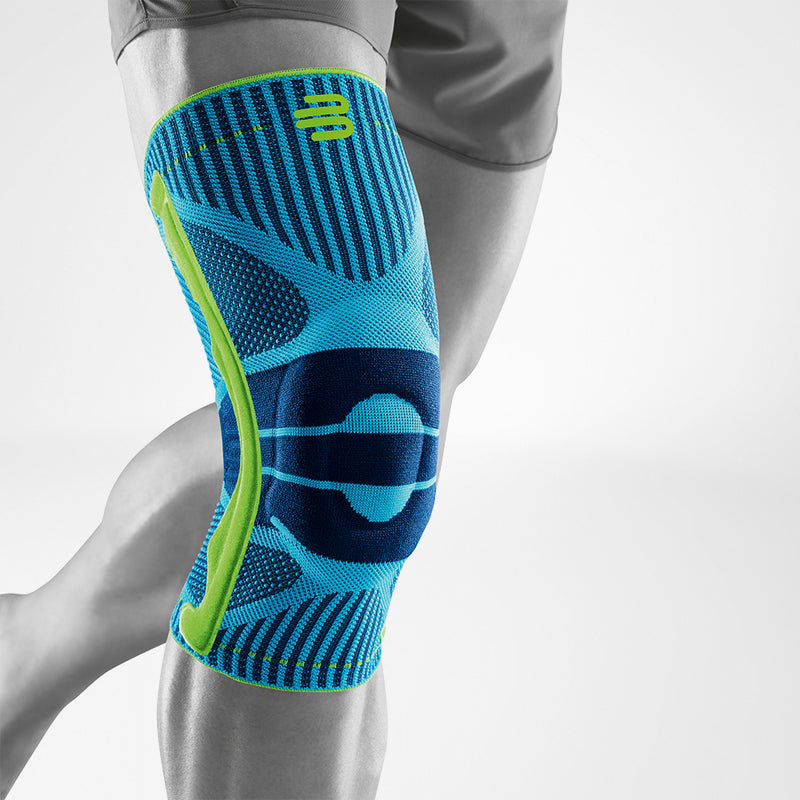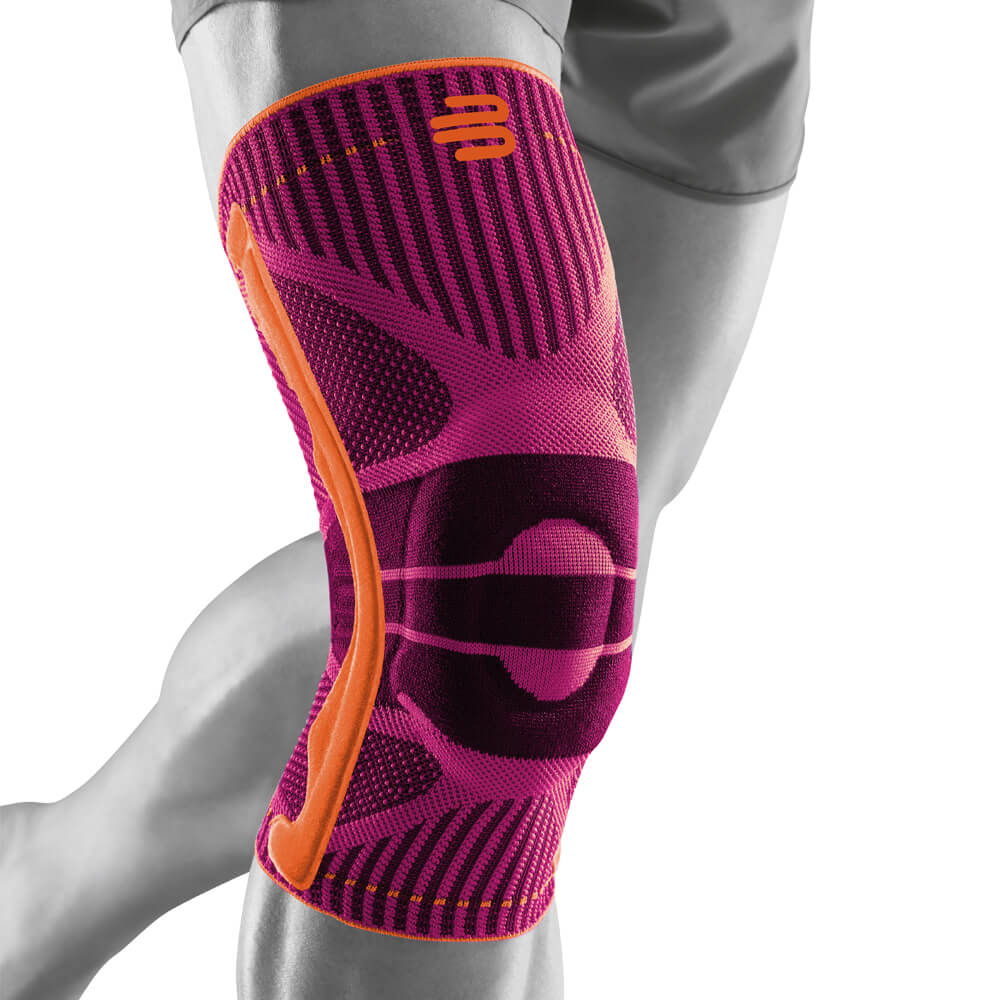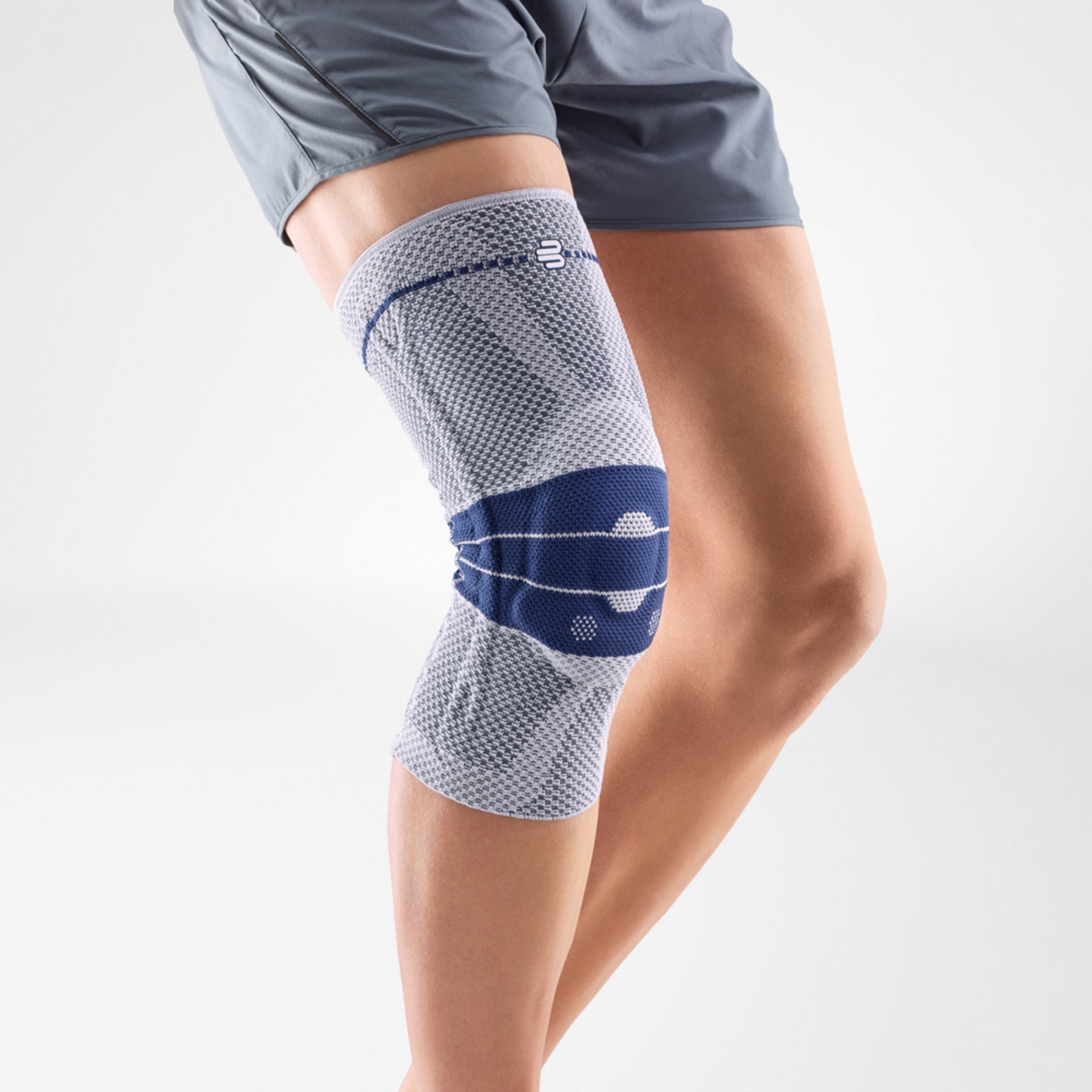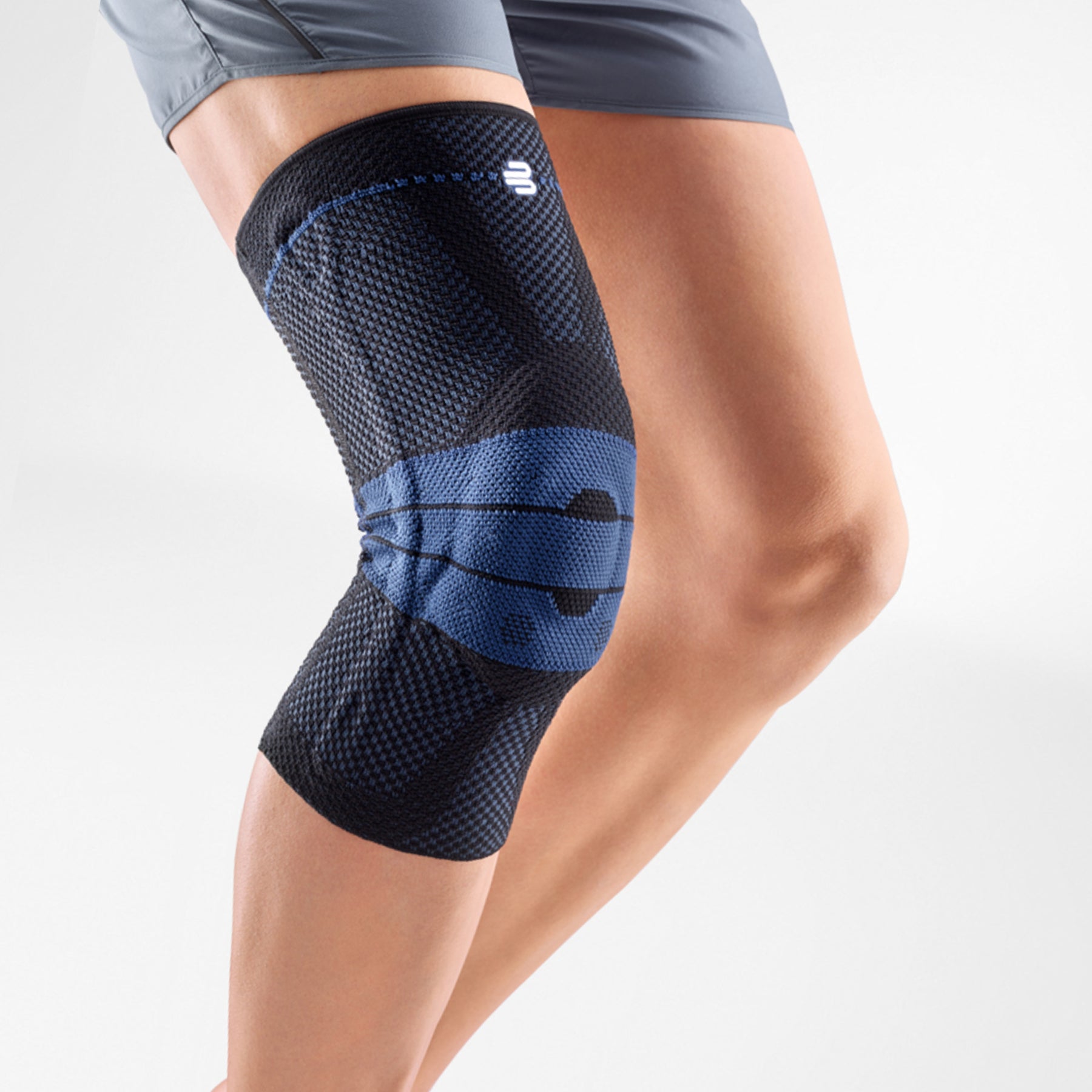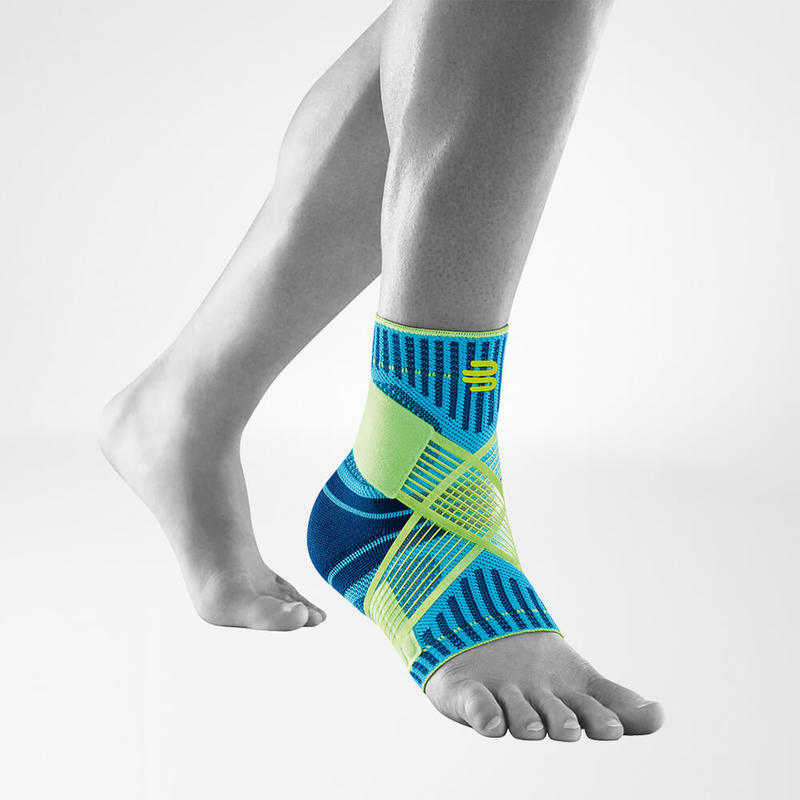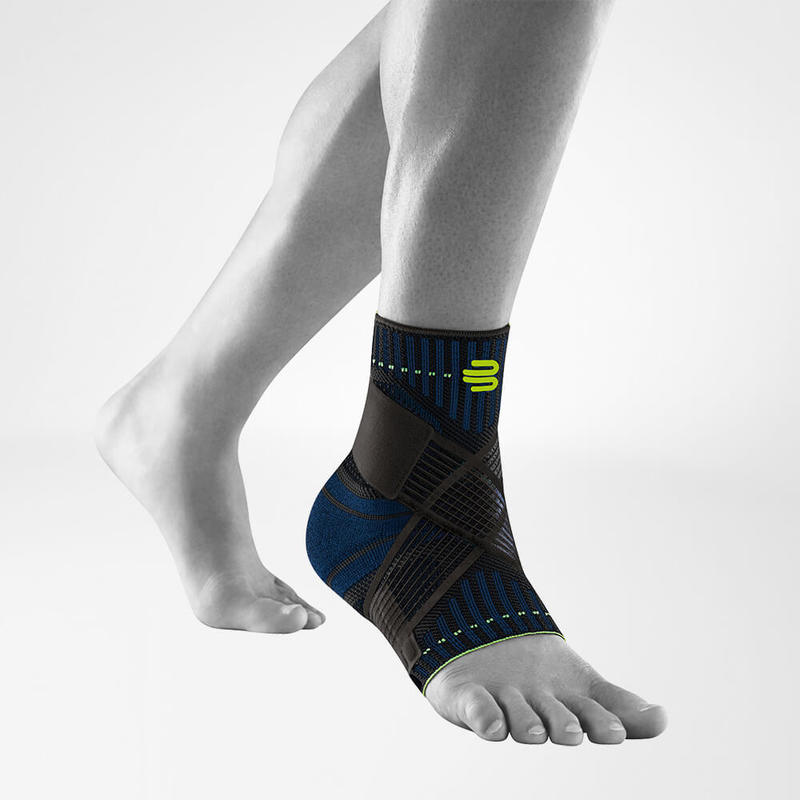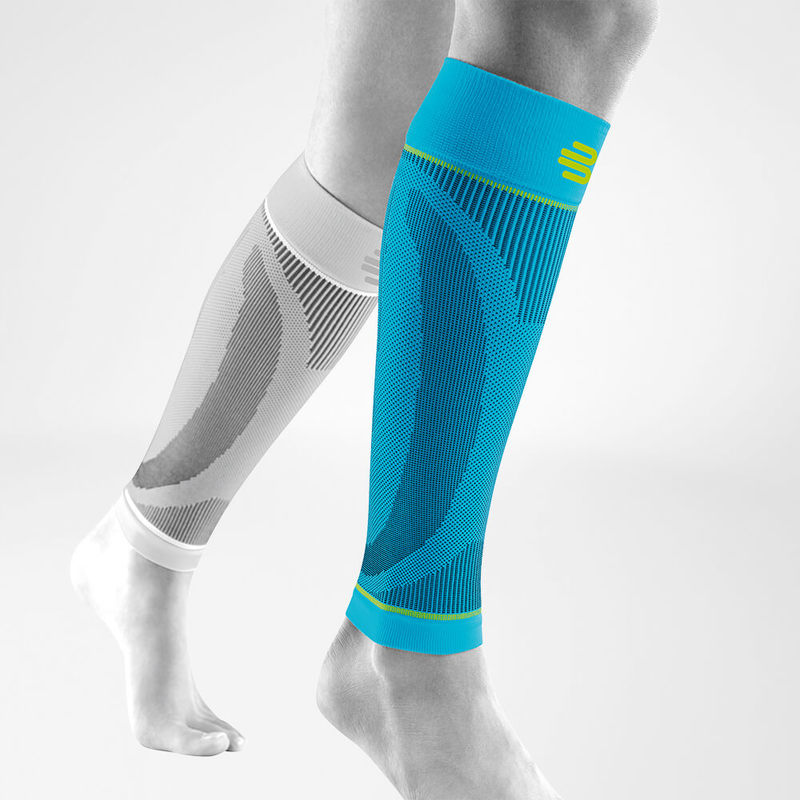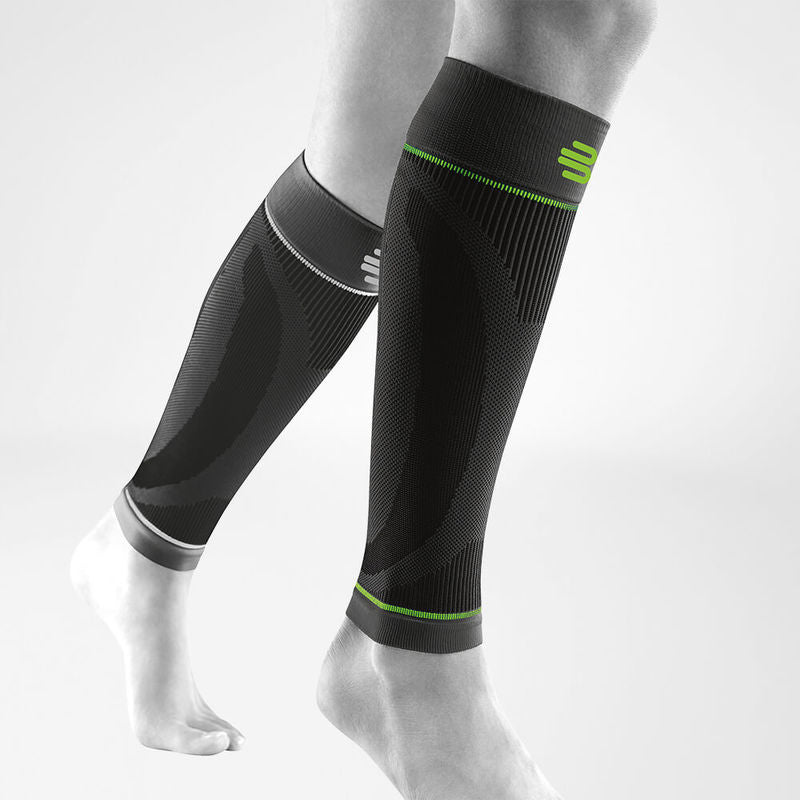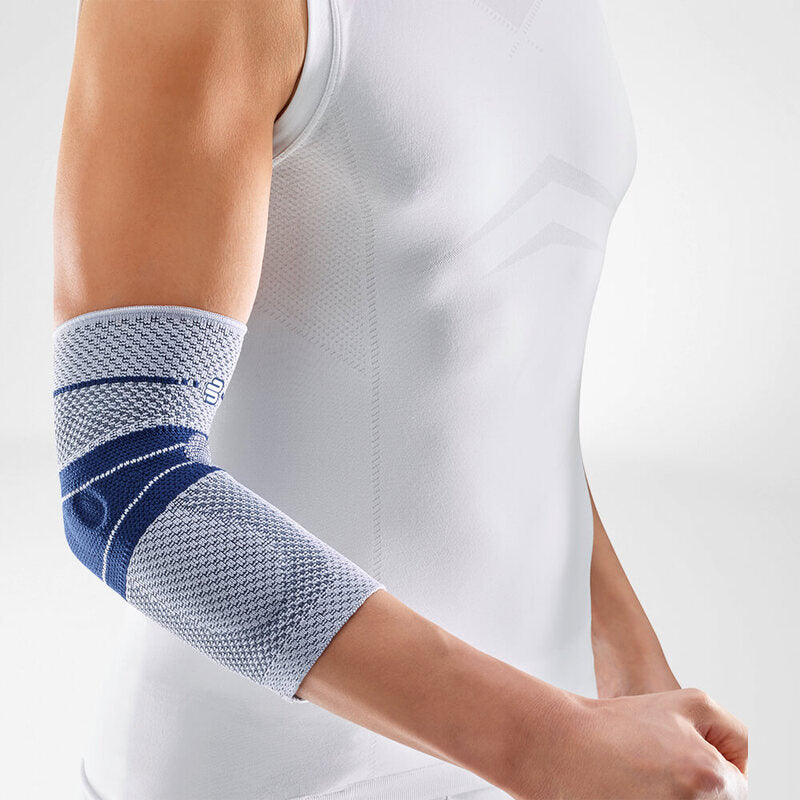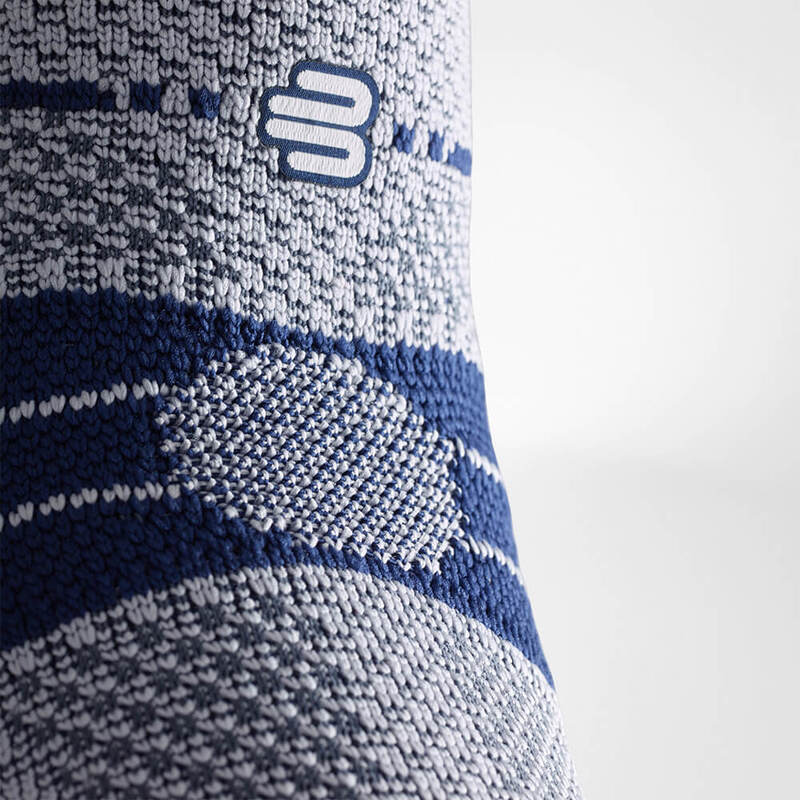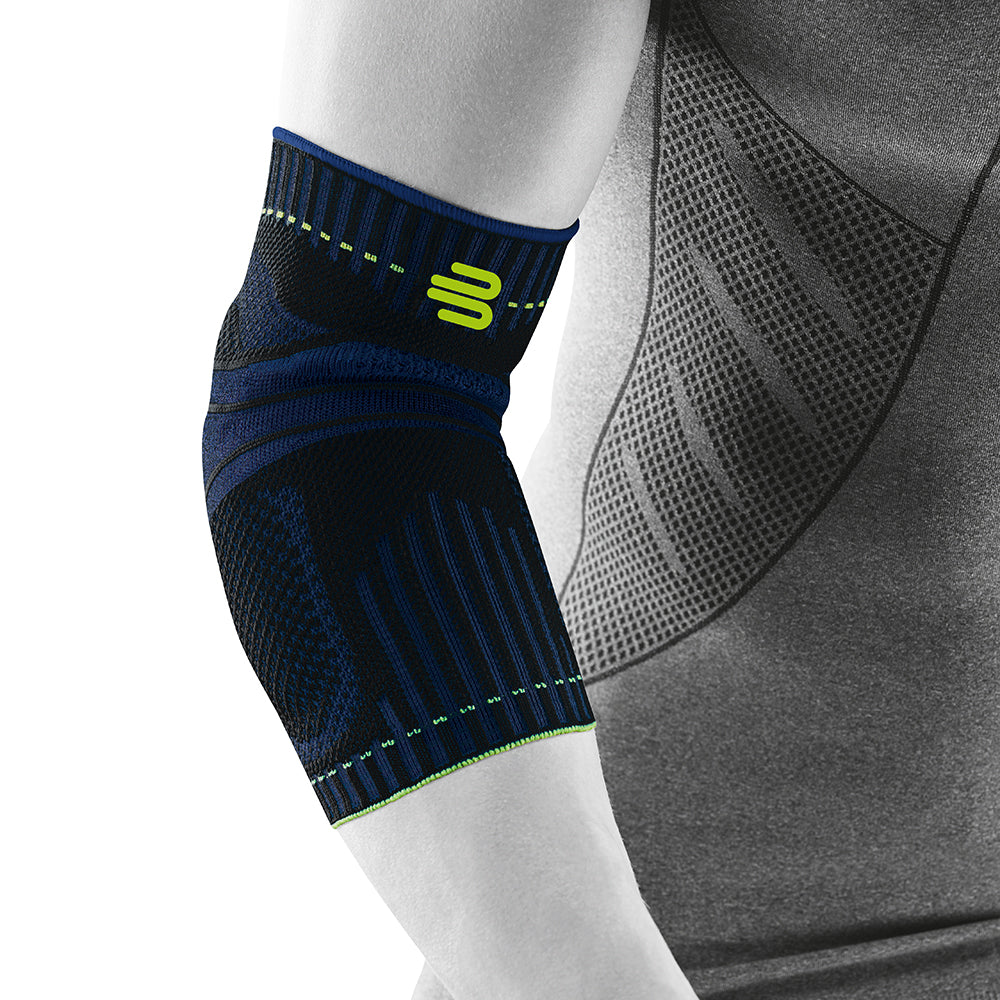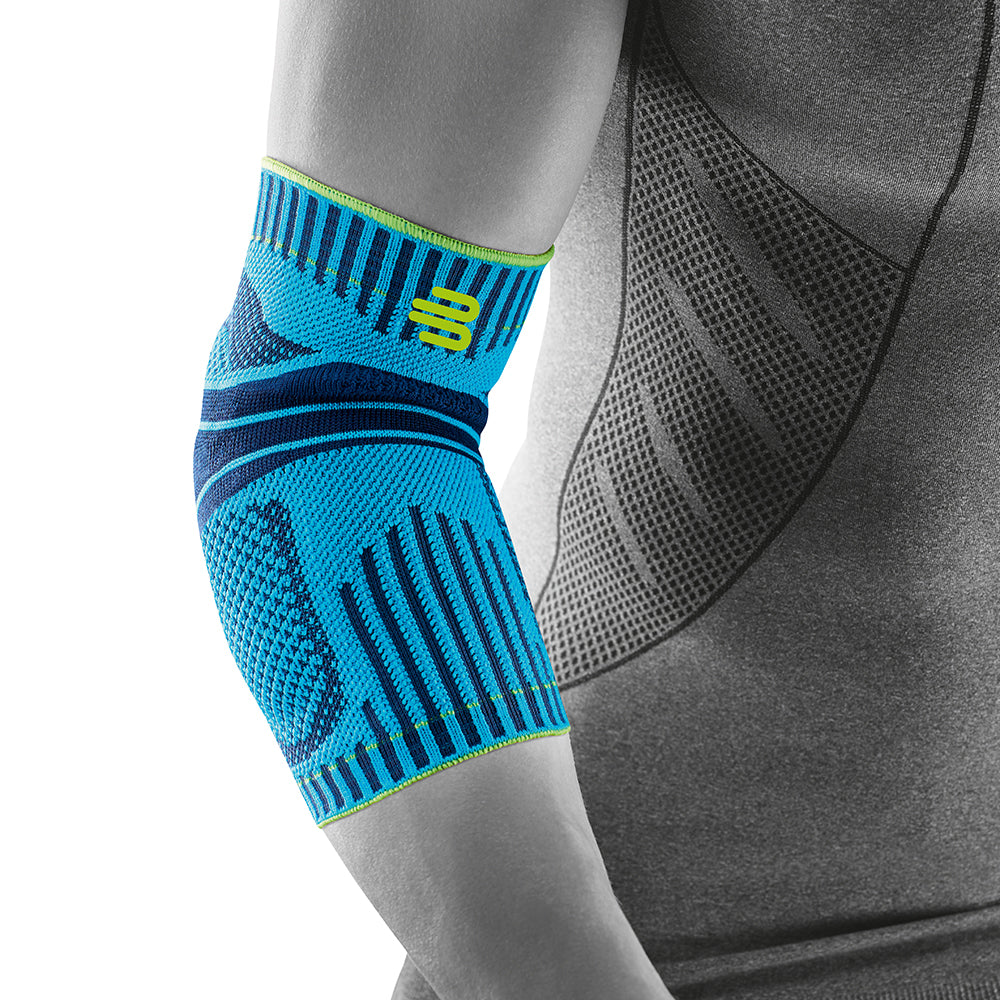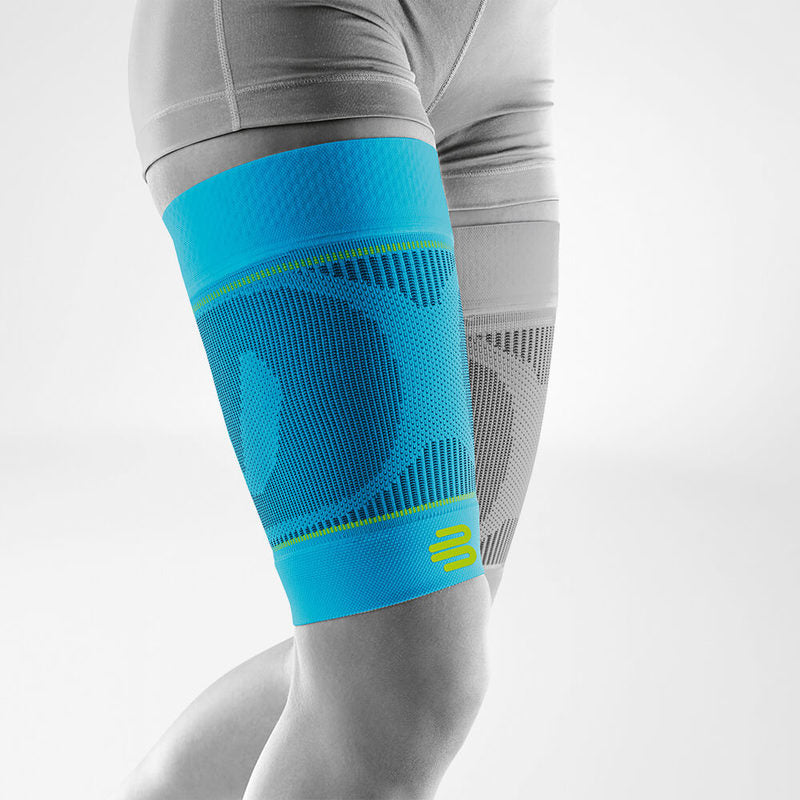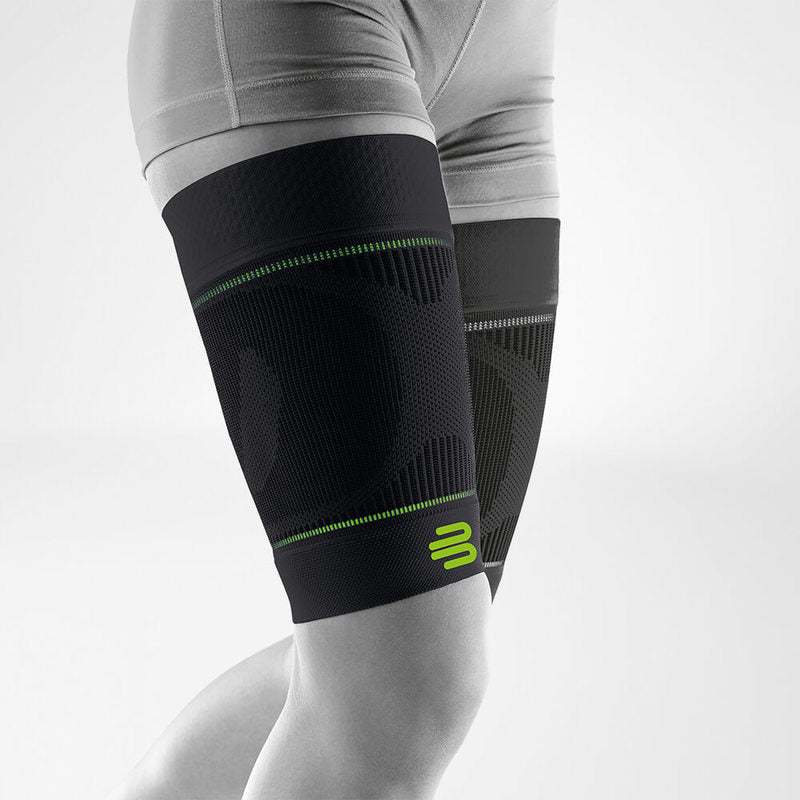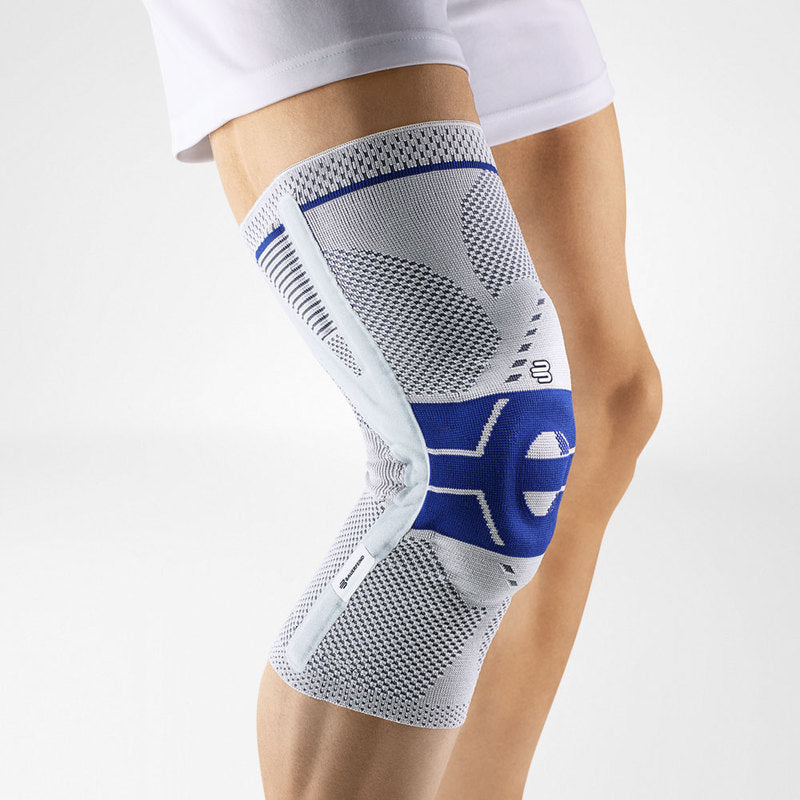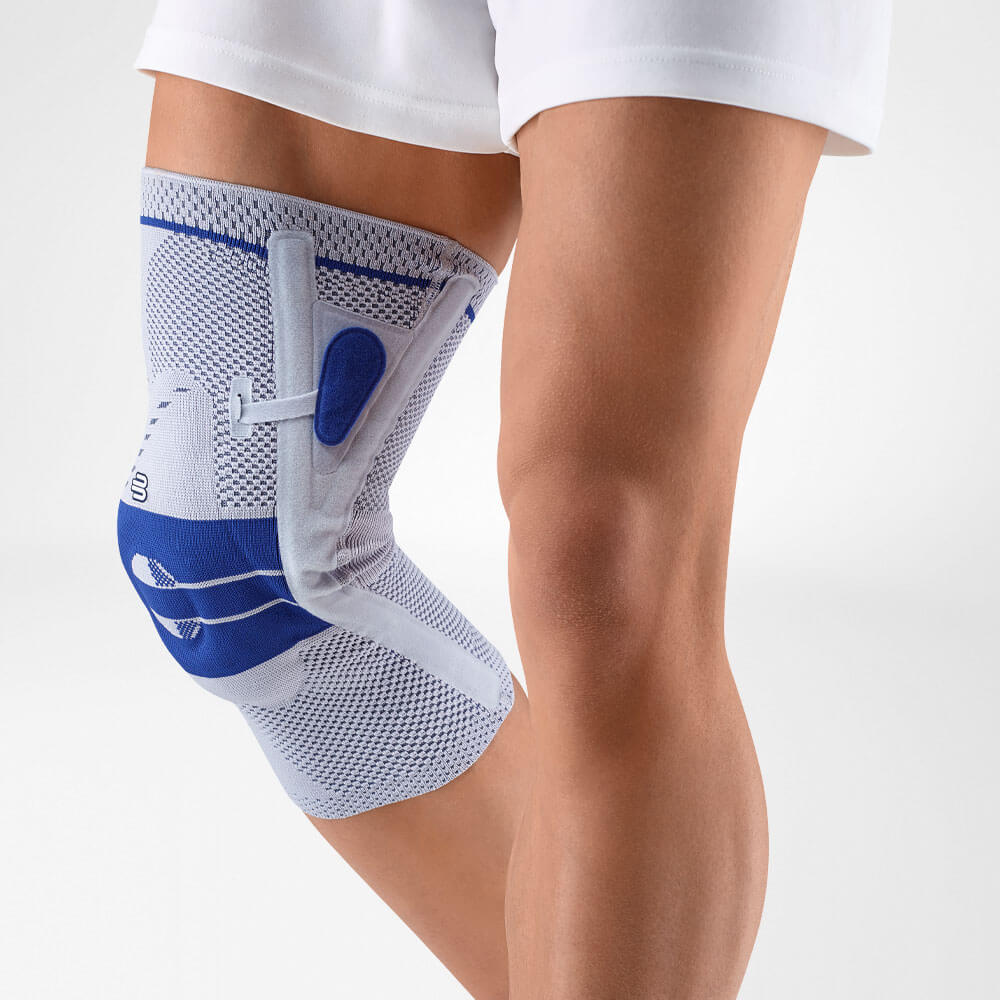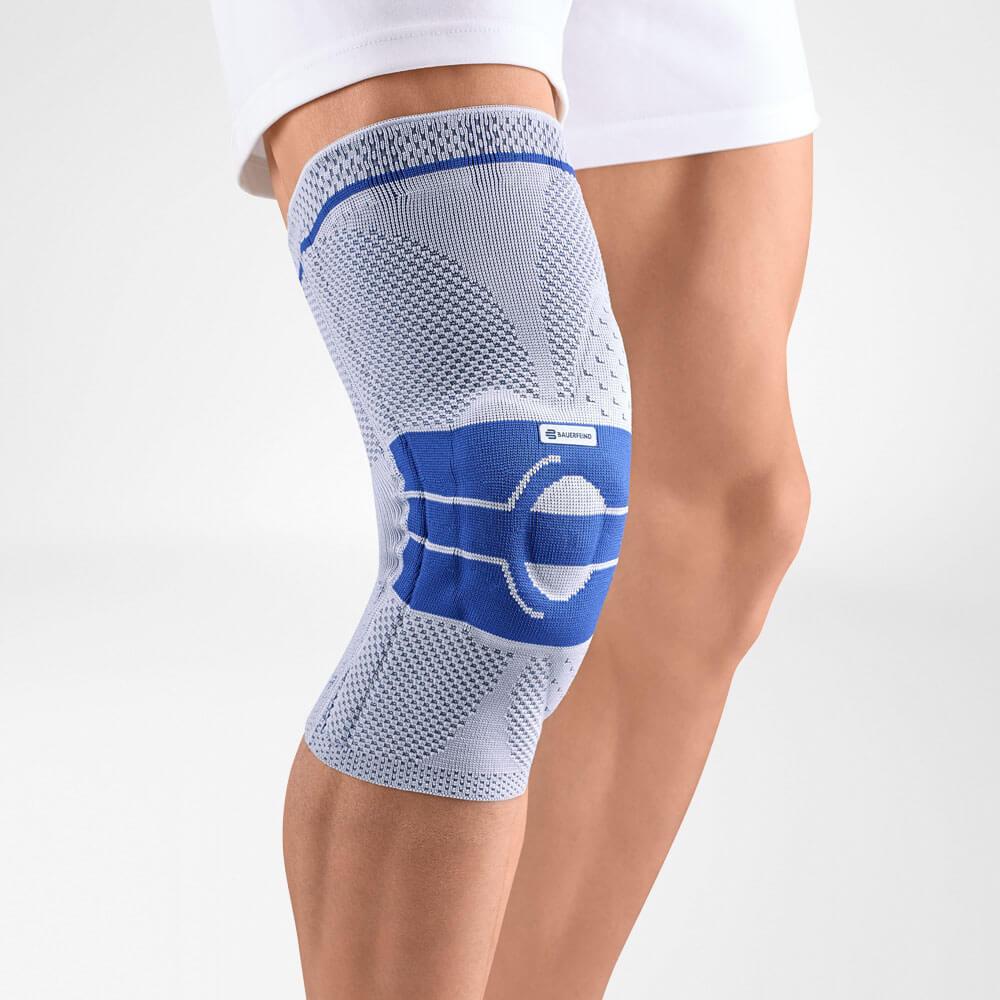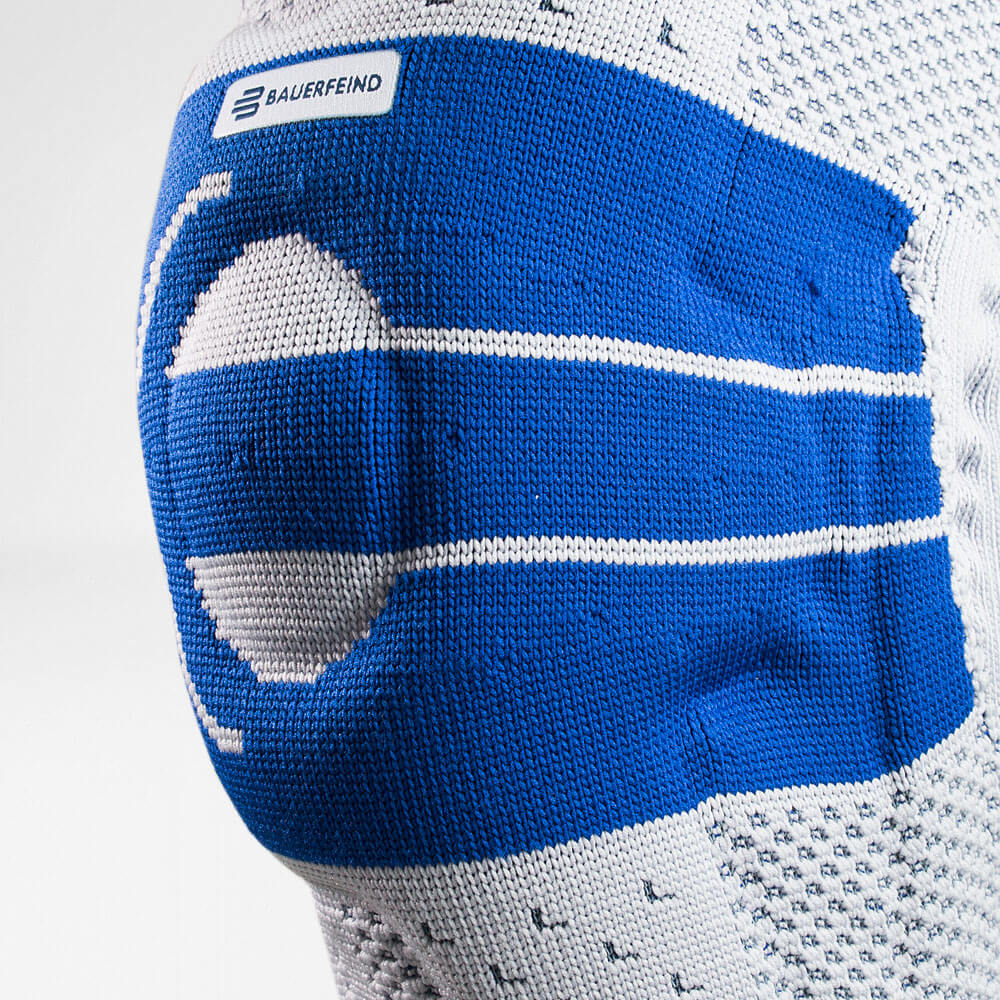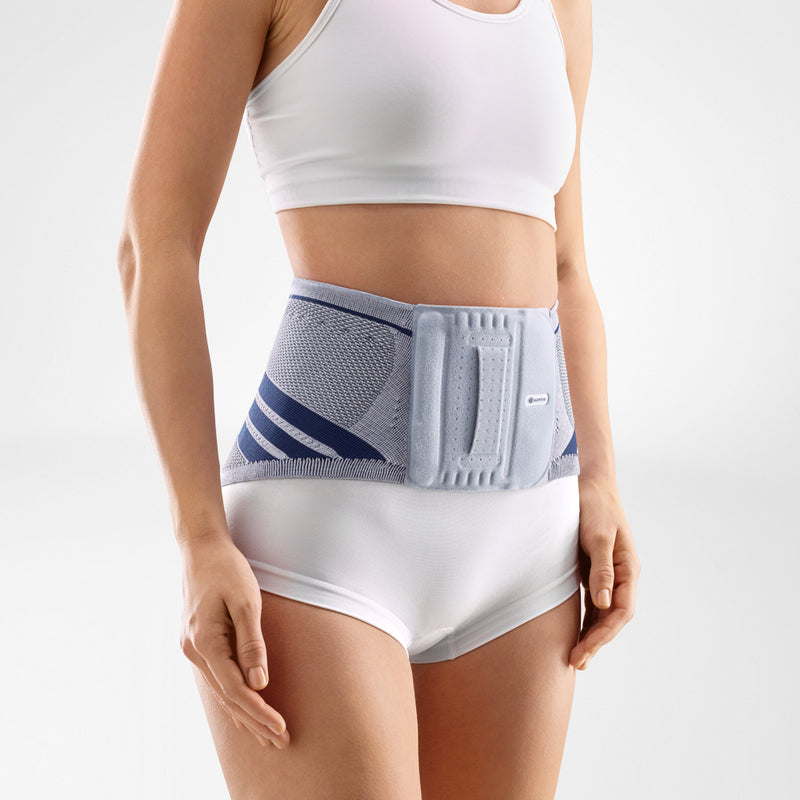Unleash the power of exercise! Explore sports/activities that keep your joints healthy and manage joint pain.
Be it knee pain when taking the stairs, hip pain on long walks, pain in the elbows or wrists when doing the housework or gardening: joint problems manifest in different ways. The automatic response of many affected people is adopting a posture to help relieve pain and avoiding exercise – yet this is a false conclusion because staying active actually provides relief in many cases. Find out in this article which sports/activities protect your joints and can help you combat joint pain.
WHY DO OUR JOINTS NEED MOVEMENT?
Getting no exercise at all because you think this will protect painful joints is often the wrong approach. That’s because movement is essential to our joints, and too little of it will mean that the joints’ cartilage layer is not adequately “lubricated” with synovial fluid – this will cause the cartilage to lose its elasticity and the cartilage layer to become brittle. In the long term, this results in increased friction between the bones and therefore pain.
Damaged cartilage cells in the joints do not regenerate, but the progression of cartilage wear, also known as osteoarthritis, can be counteracted. This can be achieved with regular exercise and targeted, controlled and gentle movements not exceeding the appropriate level of strain. In addition to supplying the cartilage with essential nutrient, strengthening of the joint-stabilizing muscles is a positive side effect that helps to alleviate pain.
SPORT THAT PROTECTS YOUR JOINTS: WHAT DO YOU NEED TO BEAR IN MIND?

Joint pain can have many different causes: in addition to excessive strain and injuries, conditions such as arthritis or osteoarthritis can be responsible for joint problems. Before you get going, you should find out the root cause of your pain with the help of a physician or physiotherapist. These experts can also give you advice about which type of sports to choose and the extent of the training that is suitable for you.
WHICH SPORTS PROTECT YOUR JOINTS?
1. AQUA JOGGING, AQUA AEROBICS
Aqua jogging and aqua aerobics use the water’s natural resistance, pressure and buoyancy. These guided exercises work on your endurance, strength and coordination – and all with minimal strain on your joints. You can find all sorts of classes that take place in swimming pools or fitness and wellness centers. They usually offer a wide variety: perhaps aqua aerobics, aqua boxing, aqua dancing or aqua Zumba could be of interest to you. If you prefer to train by yourself rather than in a group, but still want to exercise in water, we recommend you go swimming.
2. SWIMMING
Swimming is excellent full body training, with the water making you feel light and your body weight does not exert pressure on your joints. This makes swimming perfect for all those who want to counteract their excess weight. Make sure you carry out the movements in a controlled way to ensure your cervical spine and knees are not subjected to excess strain, and improve your technique, if required, by asking for help from a coach. You will then benefit from excellent cardiovascular training that burns a lot of calories and strengthens your muscles.
3. ROWING
Whether in the water or on a rowing machine at home or at the gym – the flowing movements during rowing protect your joints, while you use about 80% of your body’s muscle groups. These include arms, shoulders, back, abdomen, thighs, buttocks and calves. Strengthening your muscles and cardiovascular system will have a positive effect on the performance of your entire body and on your endurance if you train regularly. Plus, rowing tends to burn more calories than other endurance sports.

4. CROSS TRAINER
Another piece of fitness equipment for cardio training which is recommended for joint problems is the elliptical or cross trainer. First and foremost, it’s a gentle alternative to jogging because the knees don’t have to carry the entire body weight during training. Instead of unpleasant shock loads, the cross trainer is characterized by its elliptical movements which are carried out in a gentle and controlled way – with the knees always being slightly bent and the arms also being used to allow them to take some of the load off the legs.
5. CYCLING OR ERGOMETER TRAINING
Gentle cycling is also beneficial for the knees and hips – whether bicycle or e-bike, outside in the fresh air or at home on an ergometer. With its cyclical movements, this type of training does without pressure or impact on the joints when set to a low gear ratio or low resistance. The body weight also largely rests on a saddle, meaning the knee joints can move freely and without being subjected to strain. When you increase the pedaling speed, you will also not miss out on enjoyment and exertion.
6. HIKING
Equipped with high-quality hiking boots and little baggage, hiking on level ground is also recommended. In order to make this activity as gentle on your joints as possible, you must ensure smooth movements, with the knee always being slightly bent to cushion as much weight via the thigh muscles as possible. Also make sure you keep a moderate speed and select a route with soft ground, such as in the woods. If you want to tackle some inclines, you should definitely use walking sticks because they significantly reduce strain on the knees and spine – provided they are used correctly.
7. NORDIC WALKING
Sticks are also used during Nordic walking – to relieve the ankles, knees and spine because the body weight does not rest on the legs alone. By moving the arms, additional muscle groups, such as the chest and shoulders, are also used. This increases the energy used and therefore burns more calories than during hiking or going for a walk. In many ways, this makes walking a challenging, effective and attractive sport. Walking is particularly pleasant on tartan tracks or forest floors.
8. BOULDERING/CLIMBING
The basis for therapeutic climbing is climbing without ropes at jumping height – also known as bouldering – which is low-risk for beginners and gentle on the joints. Climbing is a versatile type of full body training where many muscle groups are used that we often neglect during our daily lives. It also activates body tension, while the high demands on coordination, awareness and mobility promote a straight posture. Overall, climbing strengthens the core muscles and promotes suppleness. Different locations, such as climbing walls and high ropes courses, ensure variety and new challenges.
9. CROSS-COUNTRY SKIING
Cross-country skiing is a winter sport that will protect your joints. It is effective exercise for almost all muscle groups as it involves rhythmic movements without the high load factors associated with Alpine skiing. The complex skiing movement, where the legs as well as the upper body are gently challenged, requires good coordination and boosts your endurance.

10. YOGA, TAI CHI, AND PILATES
Yoga, tai chi, and Pilates are particularly suitable for those returning to exercise and beginners with joint pain who want to keep active. Based on calm and gentle movements, joints are mobilized and muscles strengthened. Especially in the beginning, these exercises should be carried out with guidance: the instructor can take physical concerns into account and help with the selection of movements if certain joints hurt. Those who are more advanced benefit from a full body workout which they can also carry out by themselves outside the class.


